Home>Articles>How Much Water Do You Need To Cook Dal In Electric Pressure Cooker
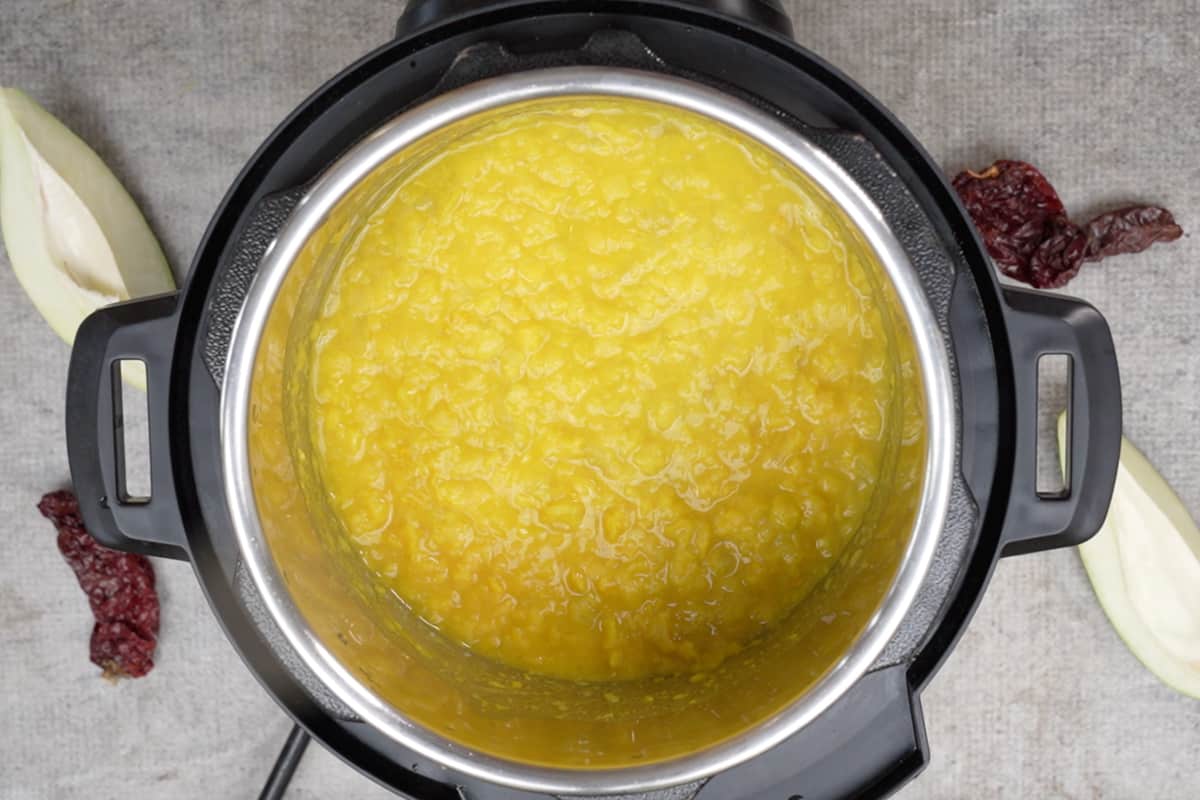

Articles
How Much Water Do You Need To Cook Dal In Electric Pressure Cooker
Modified: December 6, 2023
Discover the perfect water ratio for cooking dal in an electric pressure cooker. Read our informative articles for expert insights and tips on cooking delicious dal dishes at home.
(Many of the links in this article redirect to a specific reviewed product. Your purchase of these products through affiliate links helps to generate commission for Storables.com, at no extra cost. Learn more)
Introduction
Welcome to the world of electric pressure cookers, where the cooking process becomes quicker, easier, and more efficient. If you are a fan of indulging in delicious and nutritious Indian cuisine, then you are no stranger to the importance of cooking dal, those delightful lentil dishes that form the staple of many Indian meals. However, when it comes to cooking dal in an electric pressure cooker, one important question arises: how much water do you need?
The water-to-dal ratio plays a crucial role in ensuring that your dal is perfectly cooked, with the right balance of flavors and textures. The precise amount of water required depends on various factors, such as the type and quantity of dal, the desired consistency, and the specific brand and model of your electric pressure cooker. In this article, we will delve into the details of cooking dal in an electric pressure cooker and provide you with some guidelines and tips to help you achieve delectable results every time.
But first, let’s explore the benefits of using an electric pressure cooker for cooking dal.
Key Takeaways:
- Elevate your dal cooking experience with an electric pressure cooker, saving time, retaining nutrients, and enhancing flavors for delicious and nutritious meals with minimal effort.
- Master the art of cooking dal by adjusting the water-to-dal ratio, considering factors like dal type and quantity, and following guidelines and tips for successful and flavorful results.
Read more: Why You Need A Electric Pressure Cooker
Benefits of Cooking Dal in an Electric Pressure Cooker
An electric pressure cooker offers numerous advantages when it comes to cooking dal:
- Time-saving: One of the primary benefits of using an electric pressure cooker is its ability to significantly reduce cooking time. Dal, which often requires longer cooking durations, can be effortlessly prepared in a fraction of the time compared to traditional stovetop methods. This means you can enjoy your favorite dal dishes even on busy weekdays.
- Energy-efficient: Electric pressure cookers consume less energy compared to traditional cooking methods. The sealed nature of the cooker ensures that less heat and steam escape, leading to lower energy consumption and reduced cooking time.
- Retains nutrients: The high-pressure environment inside an electric pressure cooker helps retain more vitamins, minerals, and flavors in the dal. This means you can savor a healthier and more nutrient-rich meal.
- Minimal supervision: Unlike stovetop cooking, where you may need to constantly monitor the heat and adjust settings, electric pressure cookers offer the convenience of “set it and forget it” cooking. Once you set the desired cooking time and pressure level, the cooker takes care of the rest, allowing you to attend to other tasks.
Now that we understand the benefits of using an electric pressure cooker let’s dive into the details of the water-to-dal ratio.
Key Takeaways:
- Elevate your dal cooking experience with an electric pressure cooker, saving time, retaining nutrients, and enhancing flavors for delicious and nutritious meals with minimal effort.
- Master the art of cooking dal by adjusting the water-to-dal ratio, considering factors like dal type and quantity, and following guidelines and tips for successful and flavorful results.
Read more: Why You Need A Electric Pressure Cooker
Benefits of Cooking Dal in an Electric Pressure Cooker
An electric pressure cooker offers numerous advantages when it comes to cooking dal:
- Time-saving: One of the primary benefits of using an electric pressure cooker is its ability to significantly reduce cooking time. Dal, which often requires longer cooking durations, can be effortlessly prepared in a fraction of the time compared to traditional stovetop methods. This means you can enjoy your favorite dal dishes even on busy weekdays.
- Energy-efficient: Electric pressure cookers consume less energy compared to traditional cooking methods. The sealed nature of the cooker ensures that less heat and steam escape, leading to lower energy consumption and reduced cooking time.
- Retains nutrients: The high-pressure environment inside an electric pressure cooker helps retain more vitamins, minerals, and flavors in the dal. The rapid cooking process preserves the natural goodness of the lentils, ensuring that you can savor a healthier and more nutrient-rich meal.
- Enhanced flavors and textures: The efficient cooking process of an electric pressure cooker not only locks in the nutrients but also enhances the flavors and textures of the dal. The high-pressure environment allows the lentils to cook evenly and thoroughly, resulting in a rich and creamy consistency.
- No soaking required: Unlike traditional stovetop cooking methods that often require pre-soaking of the dal, using an electric pressure cooker eliminates this step. The pressurized environment of the cooker breaks down the lentils more effectively, eliminating the need for soaking and saving you time in the kitchen.
- Convenience and ease-of-use: Operating an electric pressure cooker is simple and user-friendly. With clearly marked settings and pre-programmed cooking functions, you can easily adjust the cooking time, pressure level, and other settings to achieve perfect results every time. Additionally, most electric pressure cookers come with safety features such as automatic shut-off and pressure release, ensuring a hassle-free cooking experience.
By capitalizing on these benefits, you can elevate your dal cooking experience and enjoy tasty, nutritious, and perfectly cooked dal dishes without the need for extensive time and effort in the kitchen. Now, let’s explore the water-to-dal ratio and how it affects the cooking process.
Understanding the Water-to-Dal Ratio
When it comes to cooking dal in an electric pressure cooker, getting the water-to-dal ratio right is crucial for achieving the desired consistency and texture. The water-to-dal ratio refers to the proportion of water and lentils used in the cooking process.
The exact water-to-dal ratio can vary depending on factors such as the type of dal, personal preference, and the specific cooking instructions provided with your electric pressure cooker. However, as a general guideline, a 1:2 ratio is commonly used for most dals. This means that for every cup of dal, you would typically add two cups of water.
It is important to note that this ratio can be adjusted based on individual preferences. If you prefer a thicker consistency for your dal, you can reduce the amount of water slightly. On the other hand, if you prefer a thinner consistency, you can add a bit more water. Experimenting with the water-to-dal ratio will help you find the balance that suits your taste.
Keep in mind that certain types of dal, like urad dal or chana dal, may require different water-to-dal ratios due to their unique characteristics. It is recommended to refer to specific cooking instructions or recipes that cater to the specific dal you are using.
It is worth mentioning that some electric pressure cookers may require a minimum quantity of water to properly build up pressure. Consulting the user manual of your electric pressure cooker will provide you with specific guidelines regarding the minimum water requirement.
Factors such as the desired consistency, altitude, and personal preferences may also influence the water-to-dal ratio. As you gain experience and become more familiar with your electric pressure cooker, you will discover the water-to-dal ratio that consistently delivers the desired results.
Now that we have covered the basics of understanding the water-to-dal ratio, let’s explore the factors that can affect the water requirement when cooking dal in an electric pressure cooker.
Factors Affecting Water Requirement
When cooking dal in an electric pressure cooker, several factors can affect the amount of water required for optimal results. Understanding these factors will help you adjust the water-to-dal ratio accordingly.
1. Type of Dal: Different types of dal have unique characteristics and cooking requirements. For example, some dals, like moong or masoor dal, cook relatively quickly and may require less water compared to dals like rajma or chickpeas, which take longer to cook and may need more water to reach the desired consistency.
2. Quantity of Dal: The quantity of dal being cooked affects the water requirement. Larger quantities of dal may require slightly more water to ensure even cooking and to prevent the dal from sticking to the bottom of the cooker.
3. Desired Consistency: Your personal preference for the consistency of the dal will impact the water-to-dal ratio. If you prefer a thicker dal, you would use less water, while a thinner consistency would require more water.
4. Altitude: The altitude at which you are cooking can affect the cooking time and water requirement. At higher altitudes, water boils at lower temperatures, so you may need to increase the water slightly to compensate for the decreased boiling point.
5. Electric Pressure Cooker Brand and Model: Different brands and models of electric pressure cookers may have variations in cooking times and water requirements. It is essential to follow the recommendations and instructions provided by the manufacturer for your specific cooker.
6. Pre-Soaking: Some dals benefit from pre-soaking before cooking, which can reduce the cooking time and water requirement. Pre-soaking can soften the dal, making it cook faster and require less water. However, not all dals require pre-soaking, so it is important to refer to specific recipes or instructions for the dal you are using.
By considering these factors and adjusting the water-to-dal ratio accordingly, you can ensure that your dal is cooked to perfection in your electric pressure cooker. In the next section, we will provide some guidelines for cooking dal in an electric pressure cooker.
Use a 1:2 ratio of dal to water when cooking in an electric pressure cooker. For example, if you have 1 cup of dal, use 2 cups of water. Adjust as needed for different types of dal.
Guidelines for Cooking Dal in an Electric Pressure Cooker
Cooking dal in an electric pressure cooker requires a few guidelines to ensure the best results. By following these guidelines, you can achieve perfectly cooked dal with the right balance of flavors and textures.
- Rinse the dal: Before cooking, it is essential to rinse the dal thoroughly under running water. Rinsing helps remove any impurities or debris that may be present.
- Adjust water-to-dal ratio: As mentioned earlier, start with a 1:2 ratio of dal to water as a general guideline. You can adjust this ratio slightly based on personal preference and the specific type of dal being used.
- Add spices and seasonings: To enhance the flavors of the dal, consider adding spices and seasonings like turmeric, cumin, coriander, ginger, garlic, or chili powder. Experiment with different combinations to create a unique flavor profile for your dal.
- Select the appropriate cooking mode: Electric pressure cookers usually offer different cooking modes such as manual, pressure cook, or dal/lentil mode. Select the mode that best suits your cooking needs. The dal/lentil mode is specifically designed for cooking lentils and may provide the most accurate time and pressure settings.
- Set the cooking time: Depending on the type and quantity of the dal, set the cooking time accordingly. Refer to the cooking instructions provided by your electric pressure cooker or follow specific recipes for guidance. Keep in mind that cooking times may vary, so it may require some trial and error to determine the ideal cooking time for your preference.
- Allow for natural pressure release: After the cooking time has elapsed, allow the pressure to release naturally for a few minutes before manually releasing any remaining pressure. This helps ensure that the dal is cooked thoroughly and reduces the risk of overcooking or undercooking.
- Stir and adjust consistency: Once the pressure has been released, open the cooker and give the dal a gentle stir. If needed, you can adjust the consistency by adding more water or simmering the dal on a low sauté mode to thicken it.
- Garnish and serve: Before serving, garnish the dal with fresh cilantro, chopped onions, or a drizzle of ghee for added flavor and presentation. Serve hot with rice or roti for a complete meal.
By following these guidelines, you can prepare delicious and perfectly cooked dal in your electric pressure cooker. In the next section, we will discuss the recommended water quantities for cooking different types of dal.
Determining the Water Quantity for Different Types of Dal
When cooking different types of dal in an electric pressure cooker, it is important to adjust the water quantity to ensure optimal results. The water quantity may vary depending on the type of dal and its specific cooking characteristics. Here are some general guidelines for determining the water quantity for commonly used dals:
- Moong Dal: For moong dal, a 1:2 ratio of dal to water is a good starting point. This means that for every cup of moong dal, you would typically add two cups of water. Adjust the water quantity based on the desired consistency of the dal.
- Toor/Arhar Dal: Toor or arhar dal requires a similar 1:2 ratio of dal to water. However, it is a thicker dal, so you may need slightly more water to achieve the desired consistency. Start with two and a half cups of water for every cup of toor dal and adjust as needed.
- Masoor Dal: Masoor dal, also known as red lentils, cooks relatively quickly and requires less water. A 1:2 or 1:2.5 ratio of dal to water is generally sufficient to cook masoor dal. Adjust the water quantity to achieve the desired texture and consistency.
- Chana Dal: Chana dal is a more robust lentil and requires a 1:3 ratio of dal to water. This means that for every cup of chana dal, you would typically add three cups of water. Adjust the water quantity as needed to ensure proper cooking and desired consistency.
- Urad Dal: Urad dal, also known as black lentils, requires a higher water-to-dal ratio due to its characteristic thickness. A 1:3 or 1:3.5 ratio of dal to water is recommended. Adjust the water quantity based on the desired consistency of the dal.
It is important to note that these are general guidelines and the water quantity can be adjusted based on personal preference and the specific cooking instructions provided by your electric pressure cooker. Additionally, the cooking time may vary depending on the specific type of dal and the desired texture.
Experiment with different water-to-dal ratios to find the perfect balance that results in perfectly cooked and flavorful dal. By paying attention to the water quantity, you can enjoy a variety of delicious dal dishes with different textures and consistencies.
Now that you have a better understanding of determining the water quantity for different types of dal, let’s explore some tips for successful dal cooking in an electric pressure cooker.
Tips for Successful Dal Cooking in an Electric Pressure Cooker
To ensure successful dal cooking in your electric pressure cooker, here are some valuable tips to keep in mind:
- Properly measure the ingredients: Accurate measurement of dal and water is crucial for achieving the desired consistency. Use standard measuring cups to ensure consistency in every batch of cooked dal.
- Soak certain dals if necessary: Some dals benefit from pre-soaking to reduce cooking time. Check the specific dal you’re using to determine if pre-soaking is required.
- Avoid overfilling: Avoid filling the electric pressure cooker above the recommended maximum fill line. This ensures sufficient space for the dal to expand during cooking, preventing overflow and ensuring even cooking.
- Use the sauté mode for tempering: If you prefer to temper your dal with spices before cooking, utilize the sauté mode on your electric pressure cooker. This allows you to release the flavors of the spices before adding the dal and water.
- Release pressure naturally for better texture: Allowing the pressure to release naturally for a few minutes before manually releasing the remaining pressure results in better-textured dal. The dal continues to cook in its residual heat, enhancing the flavors and ensuring proper tenderness.
- Adjust the consistency after cooking: If your dal is too thick after cooking, you can add a little water and simmer it for a few minutes to thin it out. On the other hand, if it’s too thin, let it simmer uncovered for a few minutes to thicken it.
- Experiment with spices: Don’t be afraid to experiment with different spices and seasonings to add depth and complexity to your dal. From aromatic spices like whole cumin and mustard seeds to fragrant herbs like curry leaves and fresh coriander, the possibilities are endless.
- Clean the vent and sealing ring: Regularly clean the vent and sealing ring of your electric pressure cooker to prevent any clogs or unpleasant odors that may affect the flavor of the dal.
- Let the dal rest before serving: Allow the cooked dal to rest for a few minutes before serving. This allows the flavors to meld and harmonize, resulting in a more delicious and satisfying meal.
By keeping these tips in mind, you can elevate your dal cooking skills and create flavorful and perfectly cooked dal in your electric pressure cooker. Happy cooking!
Now that we have covered the tips for successful dal cooking, let’s conclude our article.
Conclusion
Cooking dal in an electric pressure cooker offers a convenient and efficient way to prepare delicious and nutrient-rich lentil dishes. By understanding the water-to-dal ratio, adjusting for different types of dal, and following some simple guidelines, you can achieve perfect results with every batch of dal you cook.
The benefits of using an electric pressure cooker for dal cooking are numerous. It saves time, preserves nutrients, and enhances flavors and textures. With minimal supervision and energy efficiency, an electric pressure cooker becomes a valuable addition to any kitchen.
When determining the water quantity for cooking dal, consider factors such as the type of dal, desired consistency, quantity, and altitude. Adjust the water-to-dal ratio as needed to achieve the perfect balance for your preference. Additionally, following recommended cooking times, allowing for natural pressure release, and adjusting the consistency after cooking are key steps to ensuring successful results.
Remember to experiment with different spices and seasonings to create unique flavor profiles in your dal. Tempering the dal with aromatic spices and herbs adds depth and complexity to the dish, elevating it to new levels of deliciousness.
By implementing the tips provided, such as properly measuring the ingredients, using the sauté mode for tempering, and releasing pressure naturally, you can create exceptional dal dishes that will satisfy your taste buds and impress your family and friends.
Whether you’re a seasoned cook or new to using an electric pressure cooker, these guidelines and tips will help you master the art of cooking dal. With practice and experimentation, you will develop your own techniques and preferences to create the perfect dal every time.
So, why wait? Grab your electric pressure cooker, some dal, and start creating tasty and wholesome lentil dishes that will delight your senses and nourish your body.
Happy dal cooking!
Frequently Asked Questions about How Much Water Do You Need To Cook Dal In Electric Pressure Cooker
Was this page helpful?
At Storables.com, we guarantee accurate and reliable information. Our content, validated by Expert Board Contributors, is crafted following stringent Editorial Policies. We're committed to providing you with well-researched, expert-backed insights for all your informational needs.
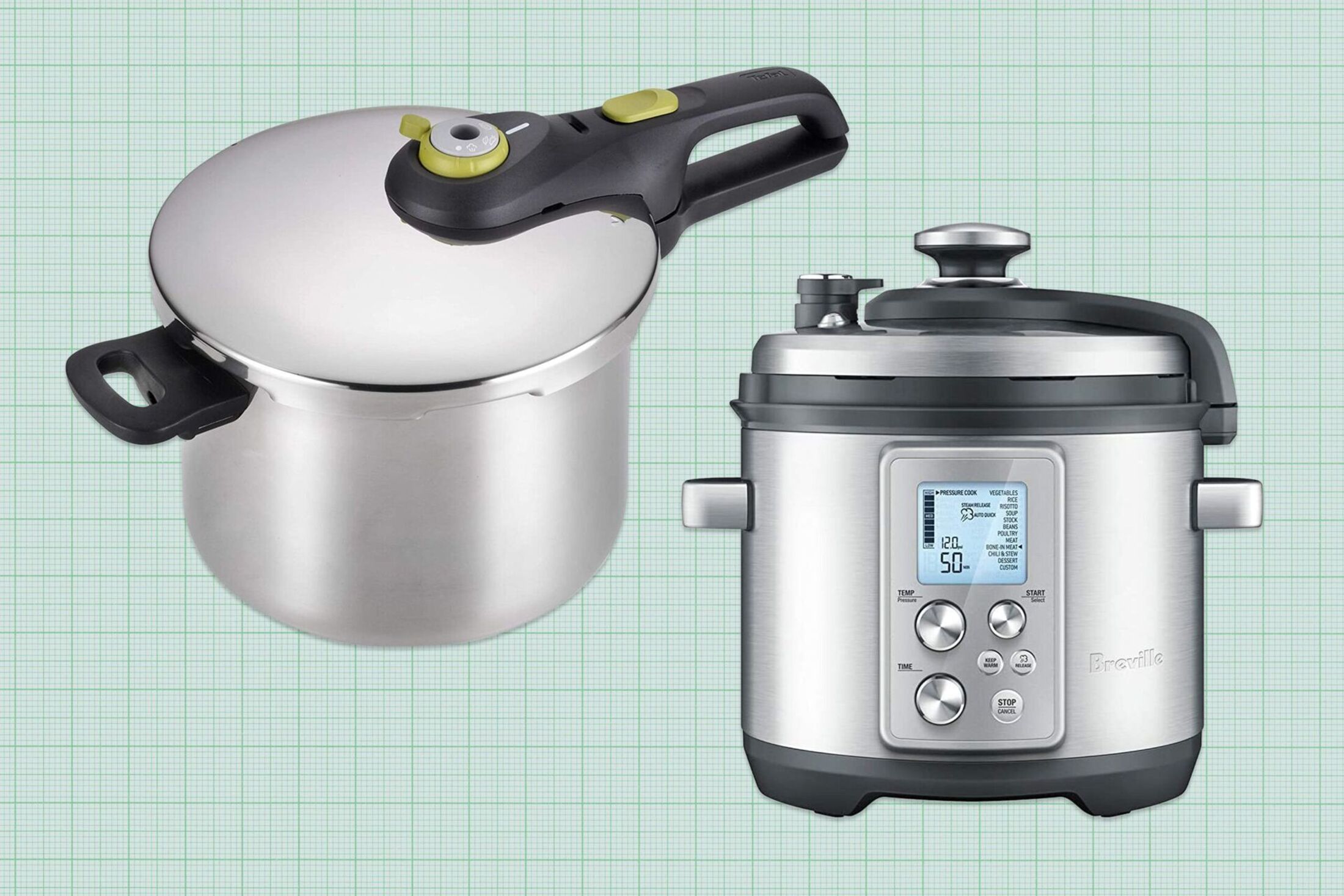
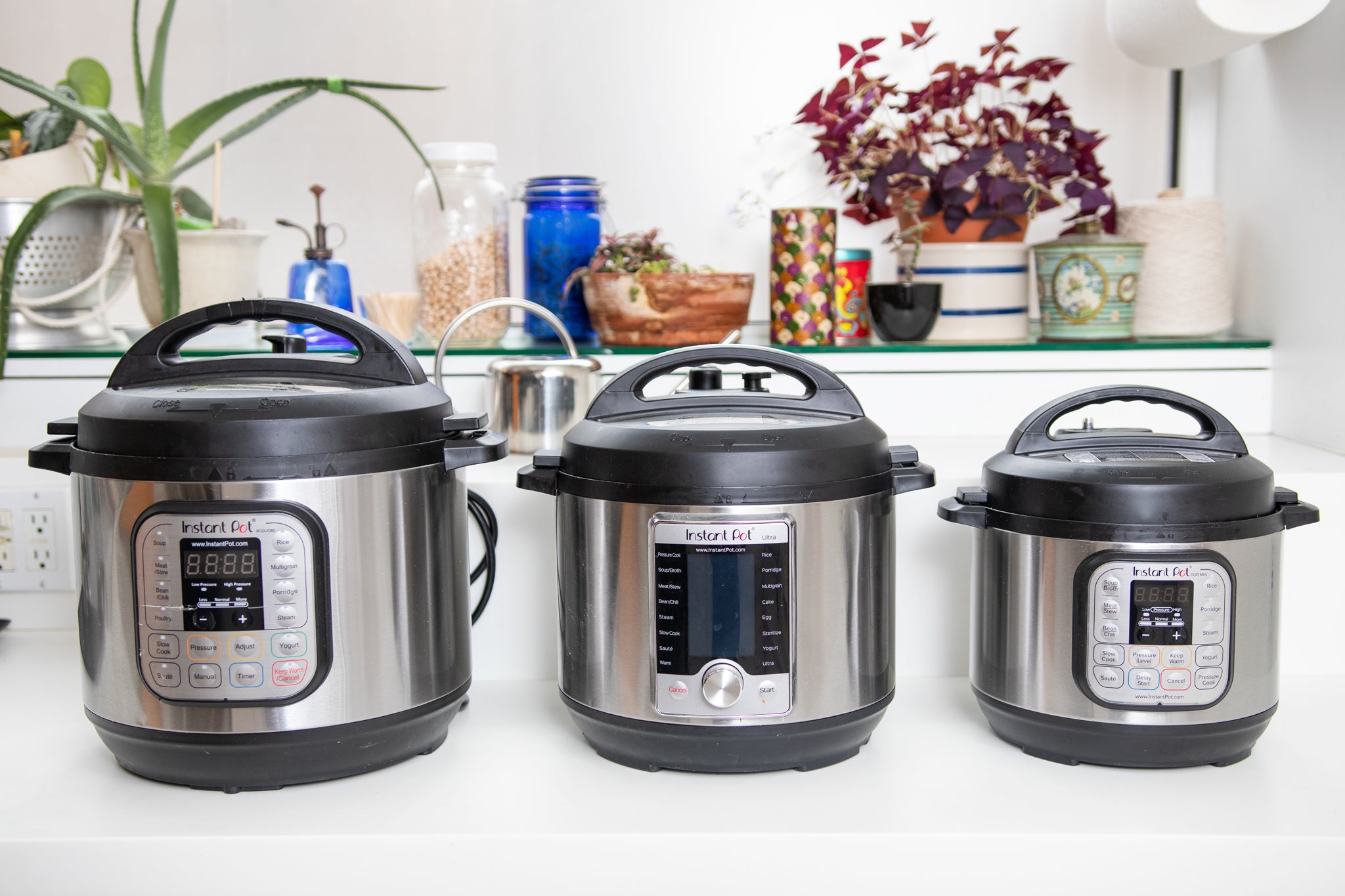
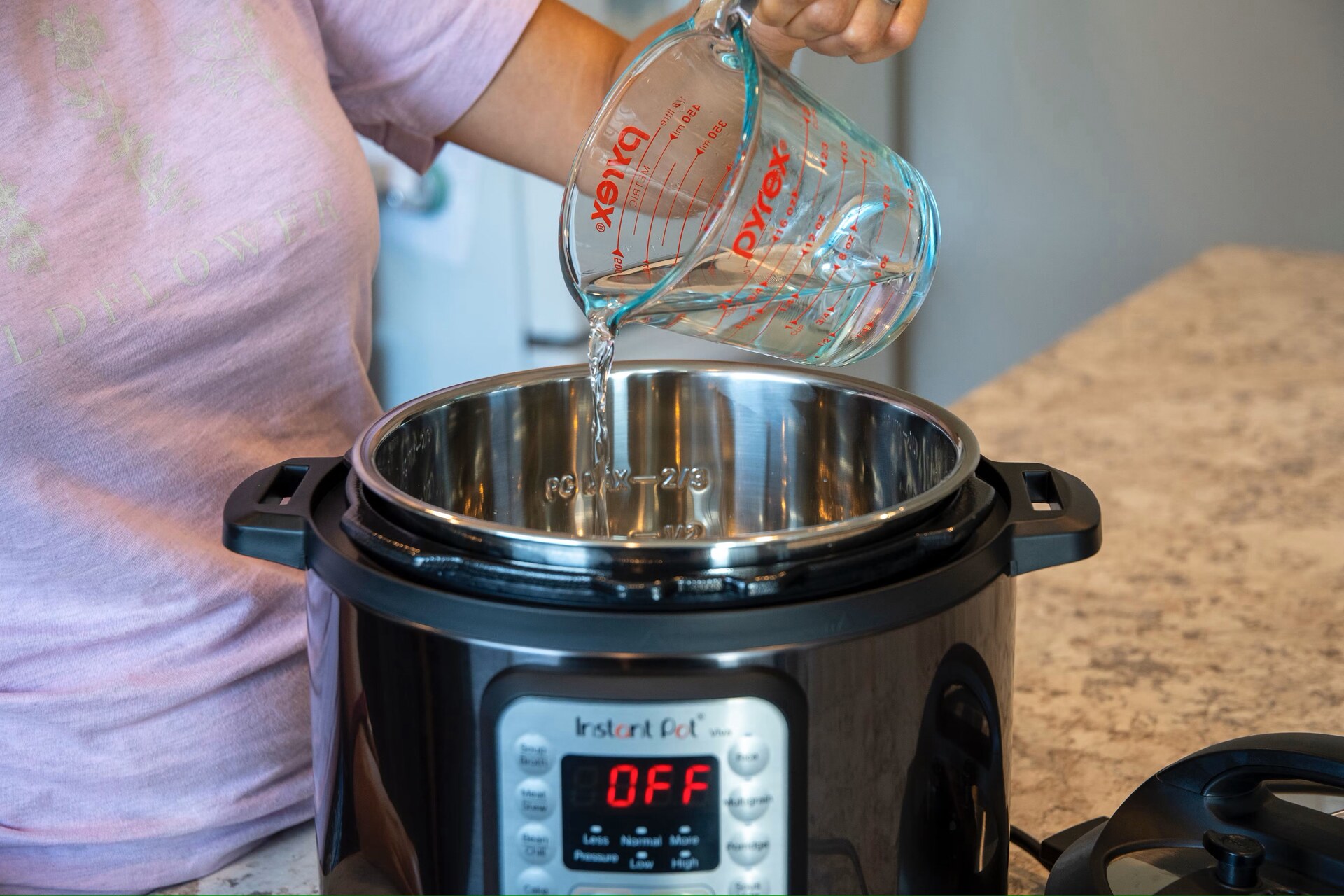
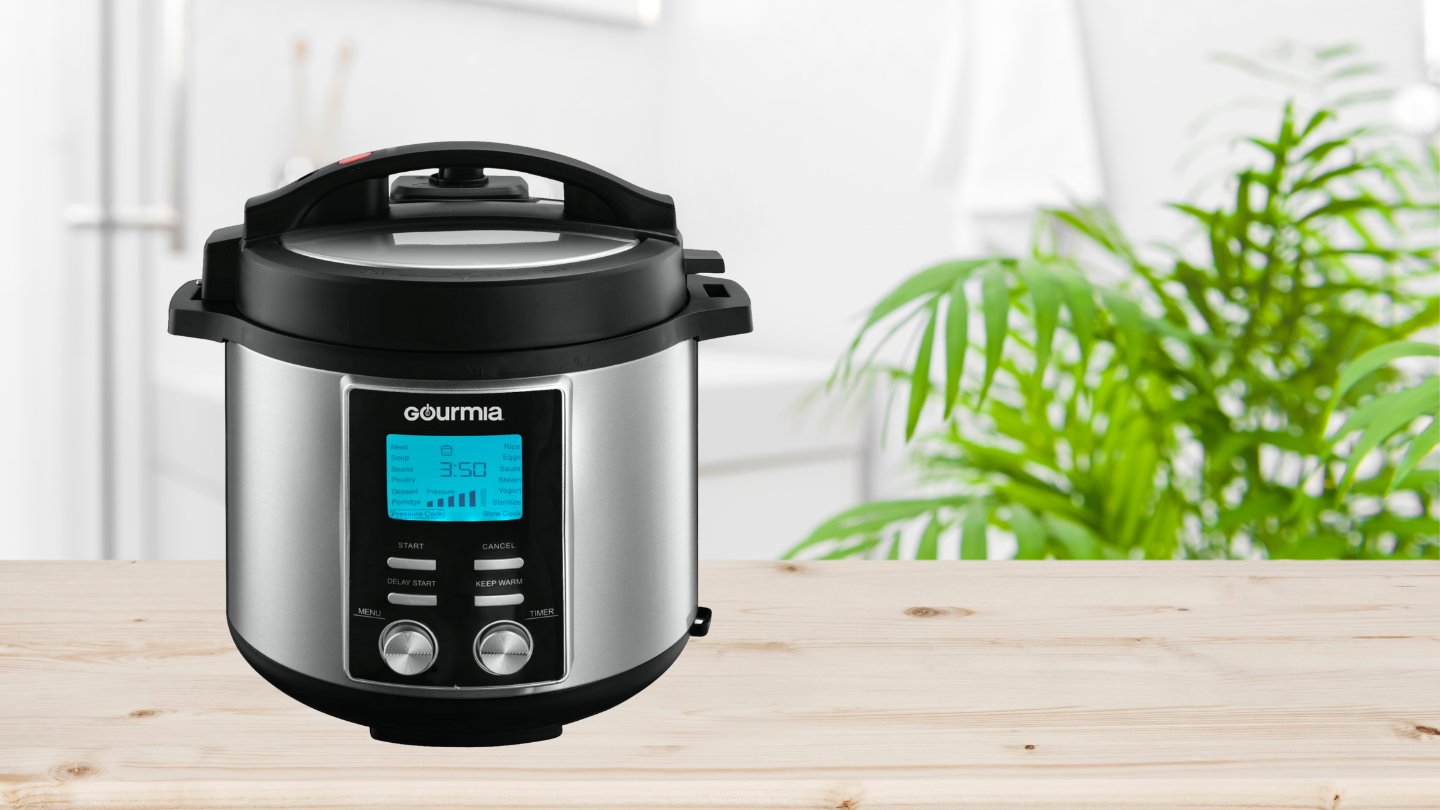
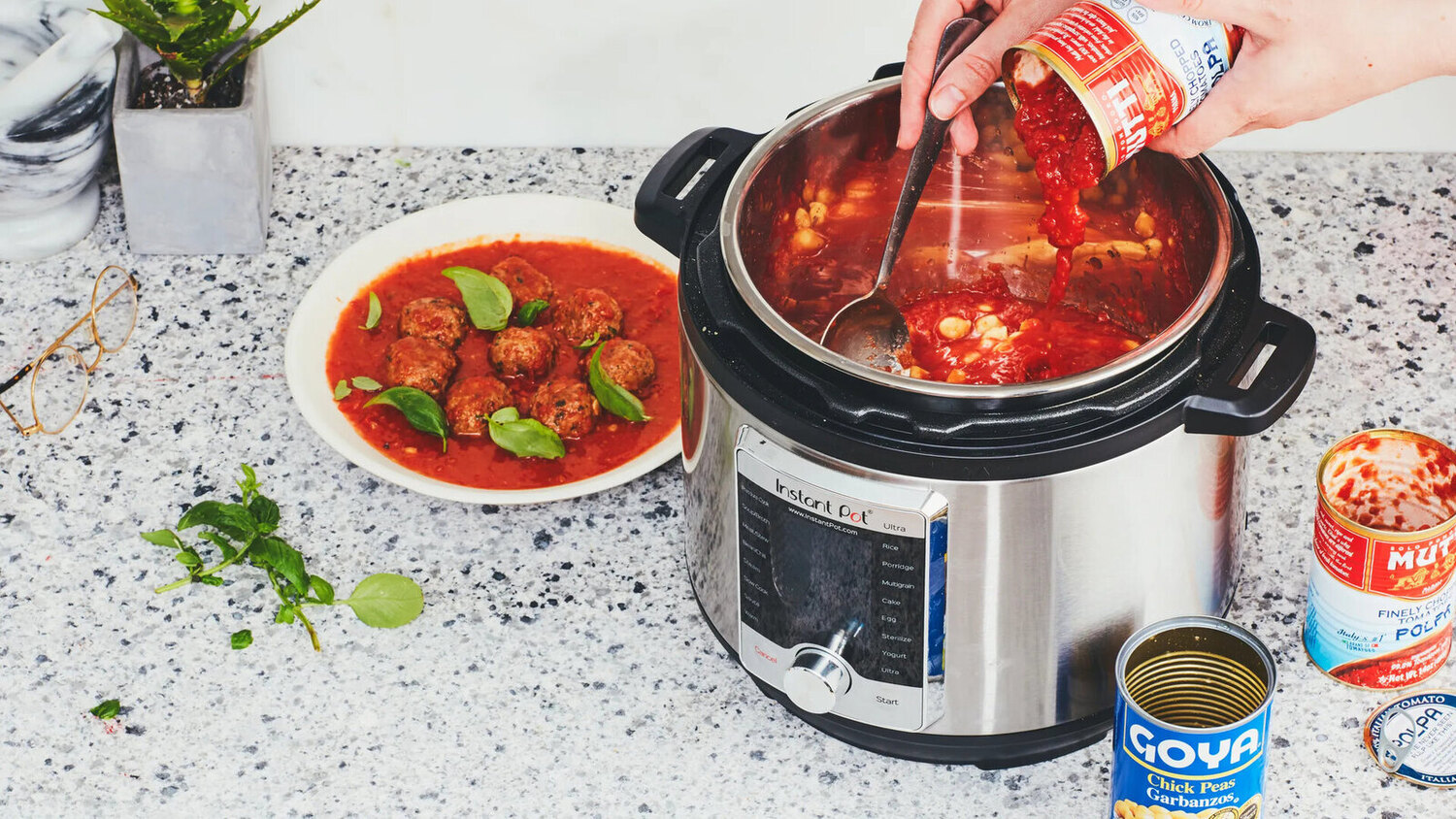
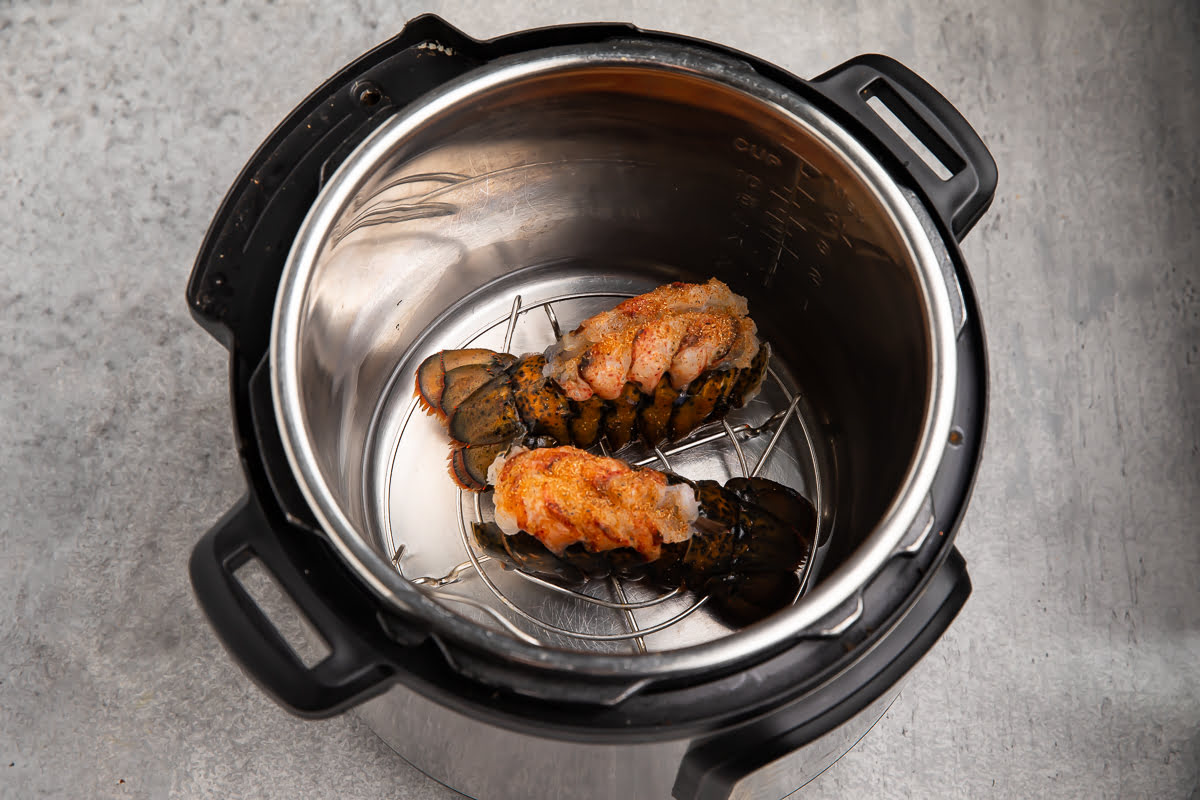
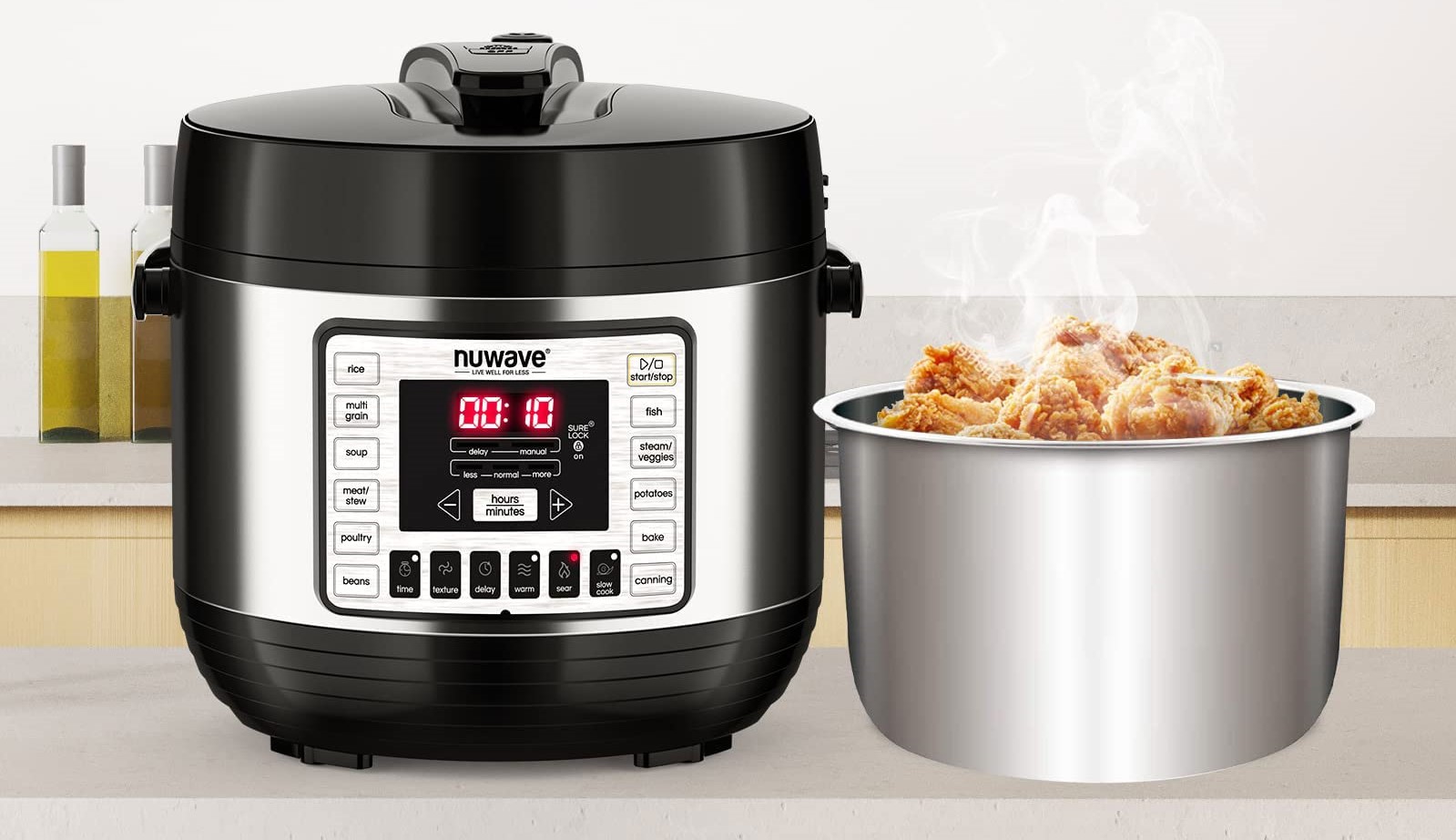
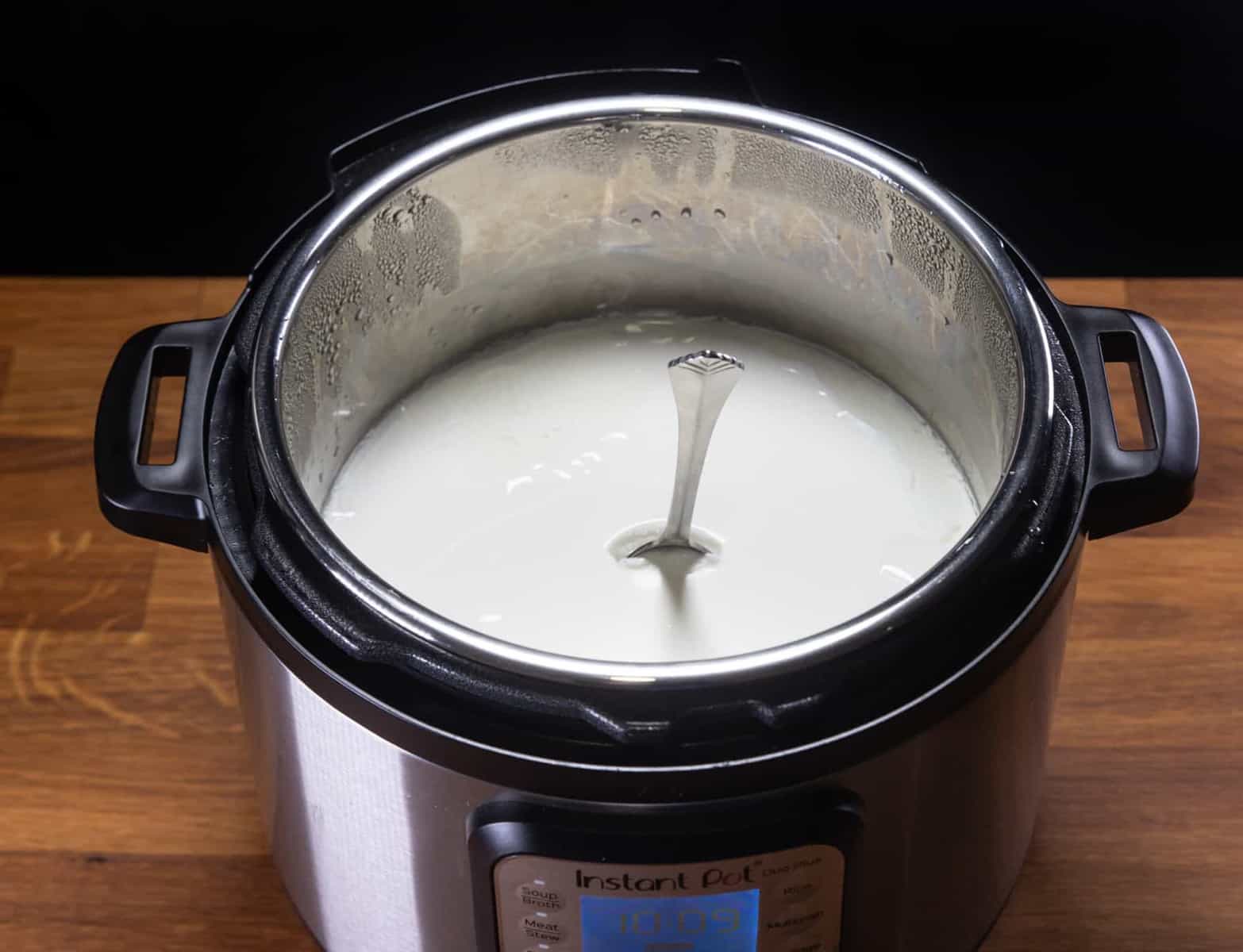
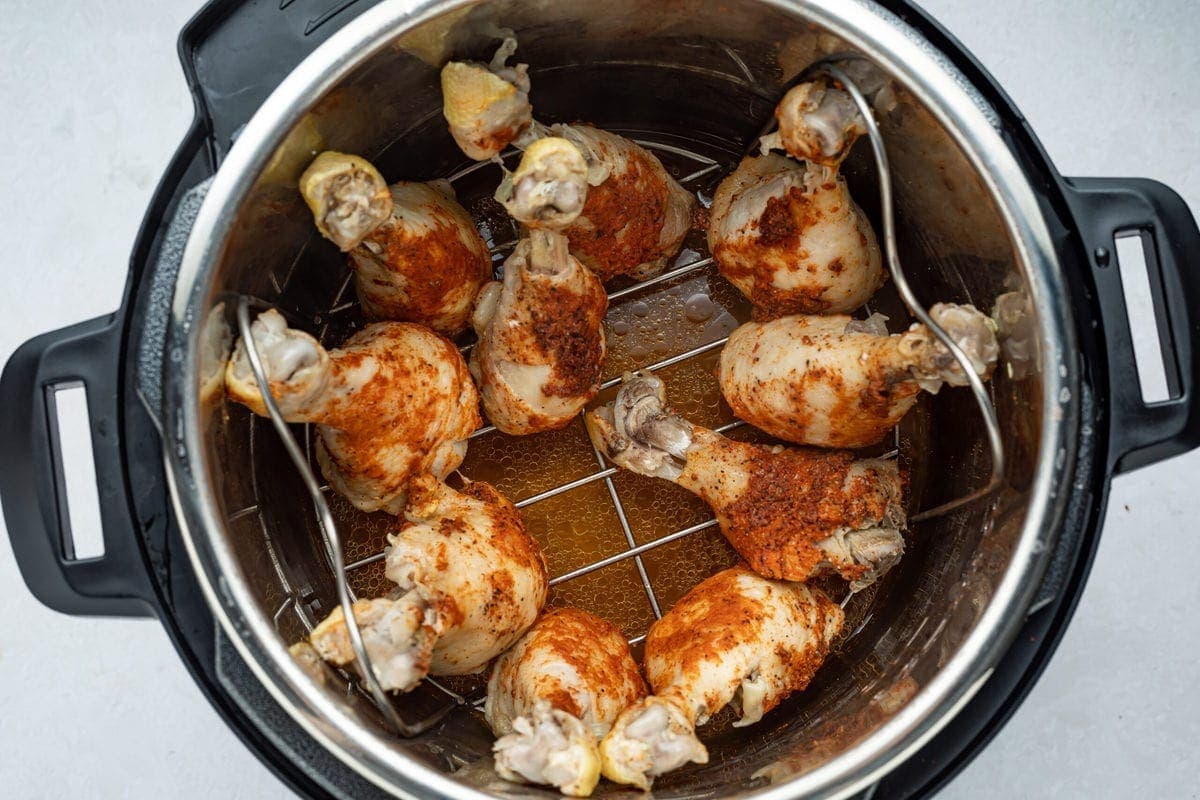
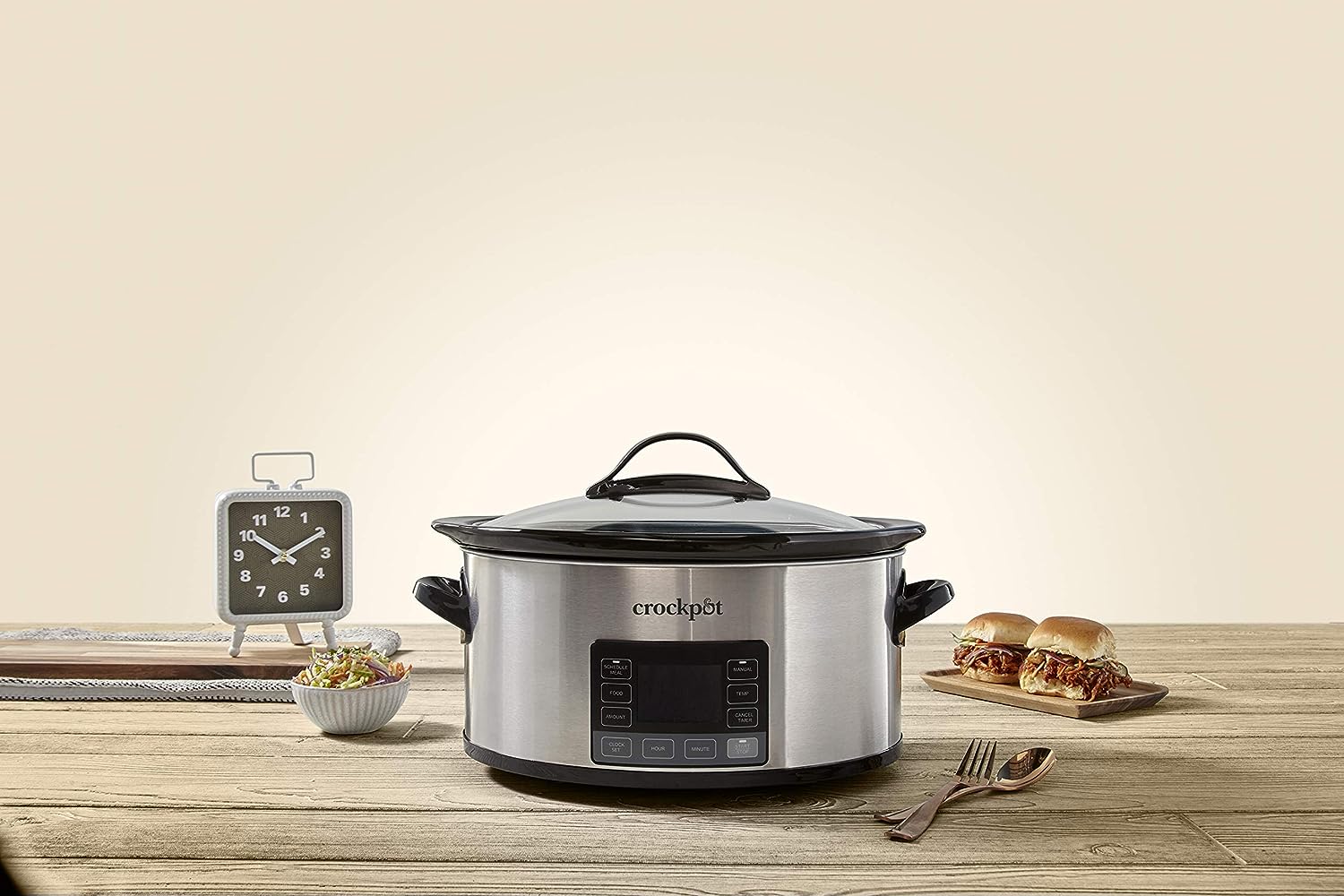
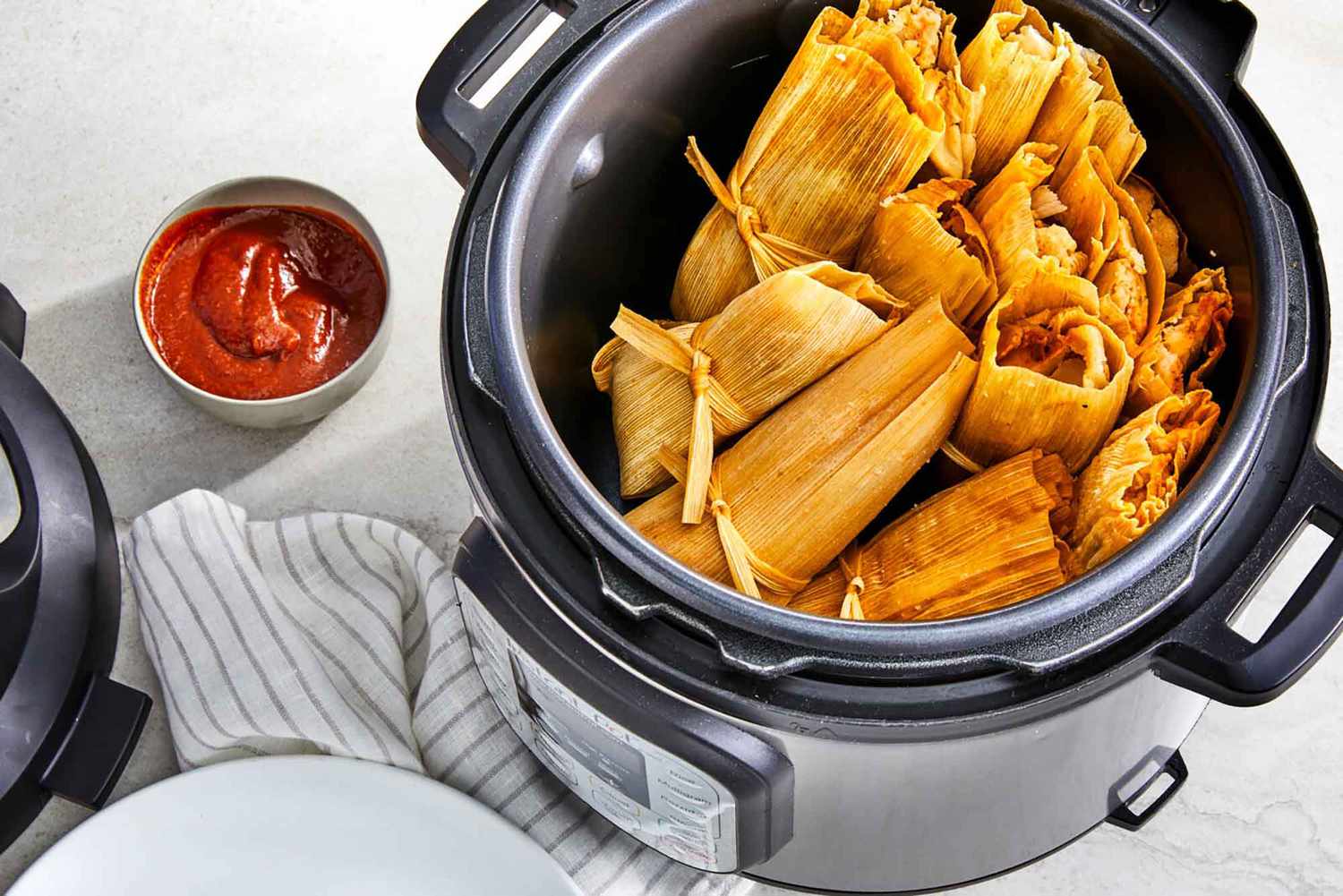
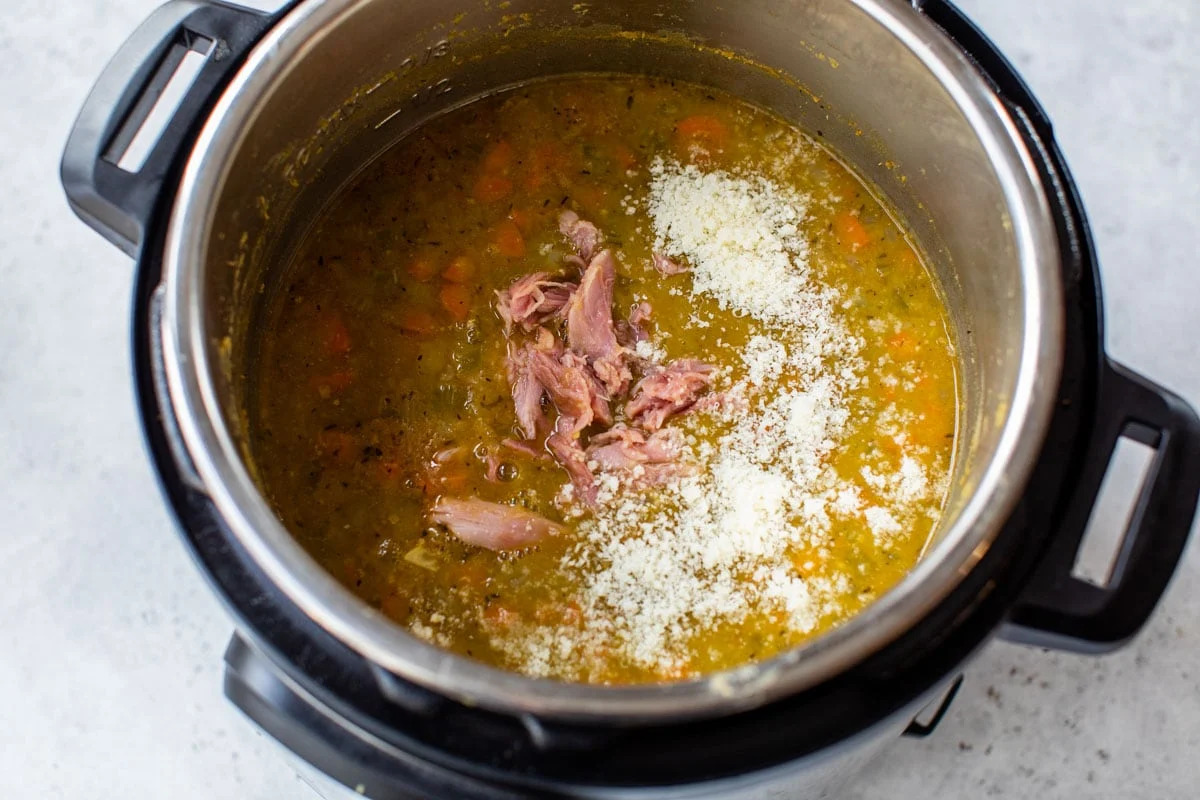
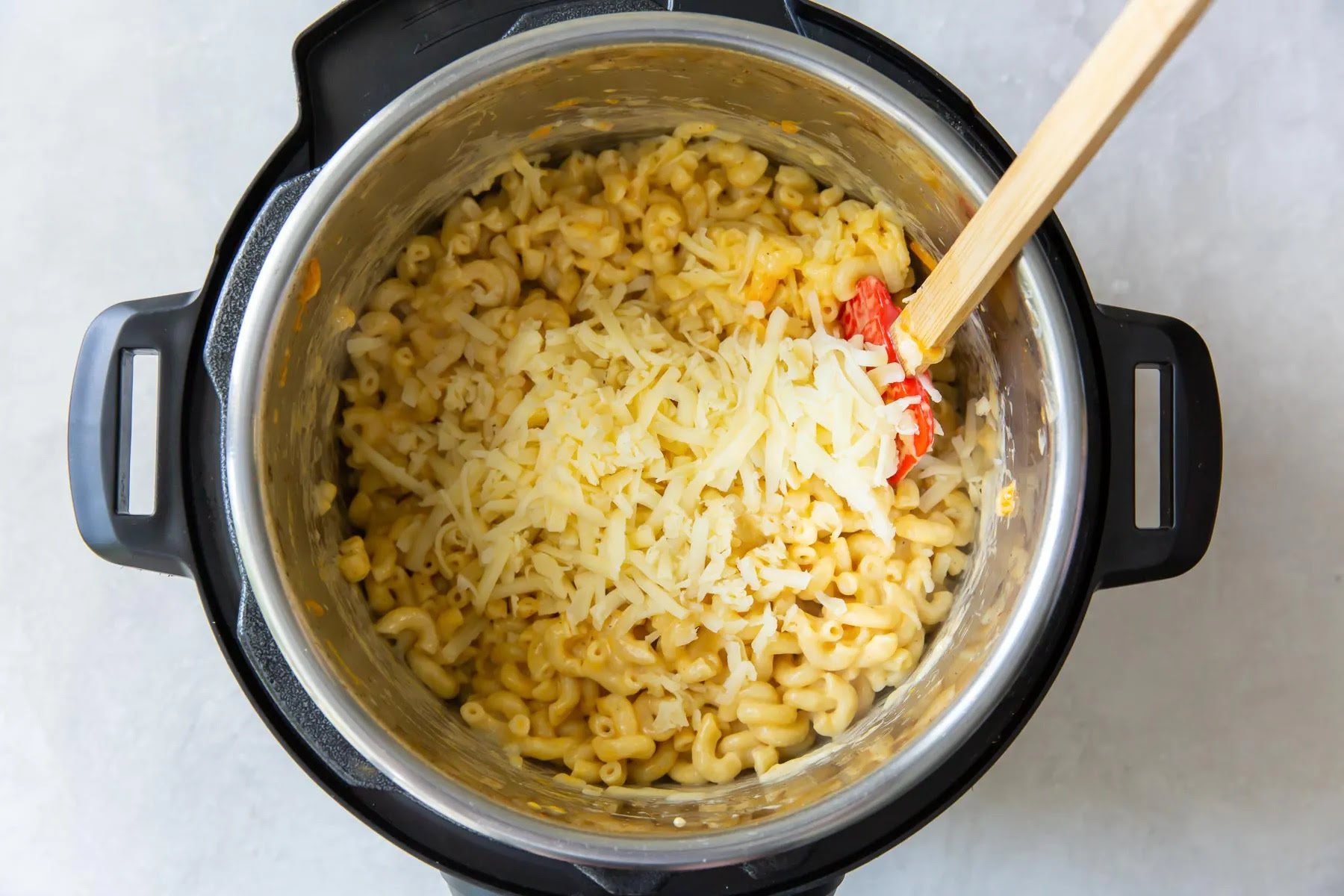
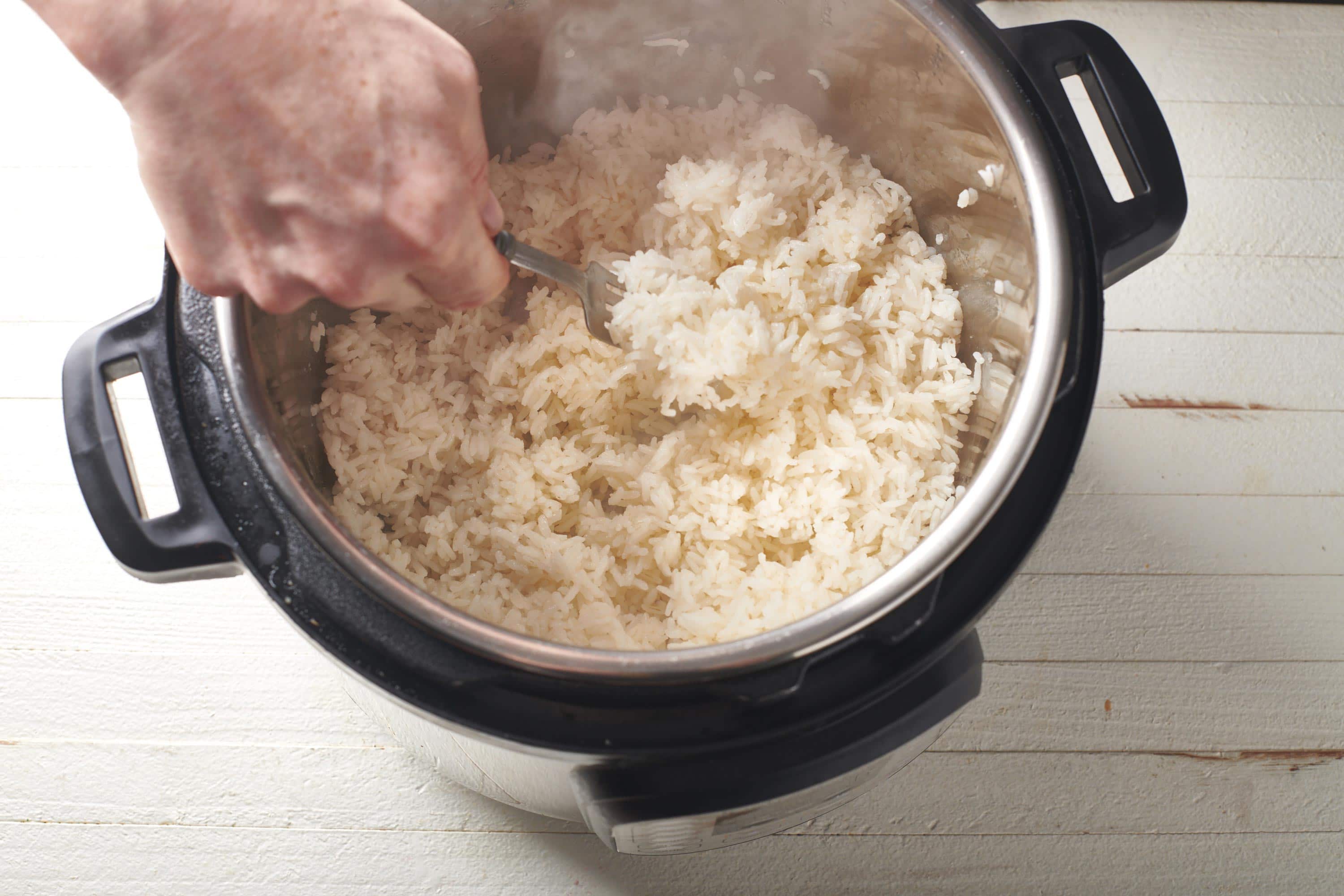

0 thoughts on “How Much Water Do You Need To Cook Dal In Electric Pressure Cooker”